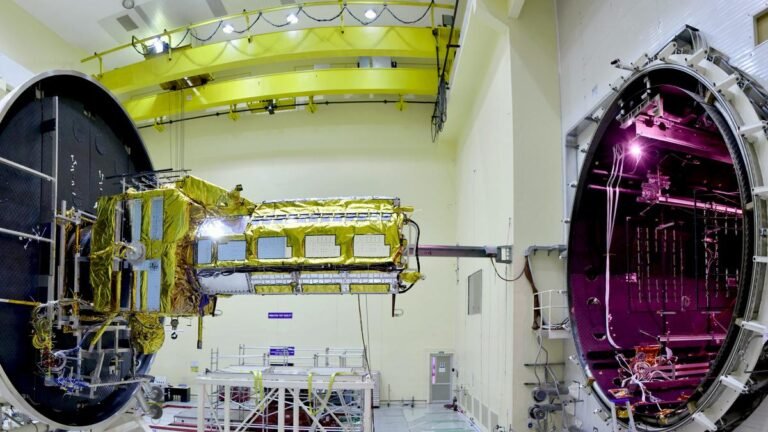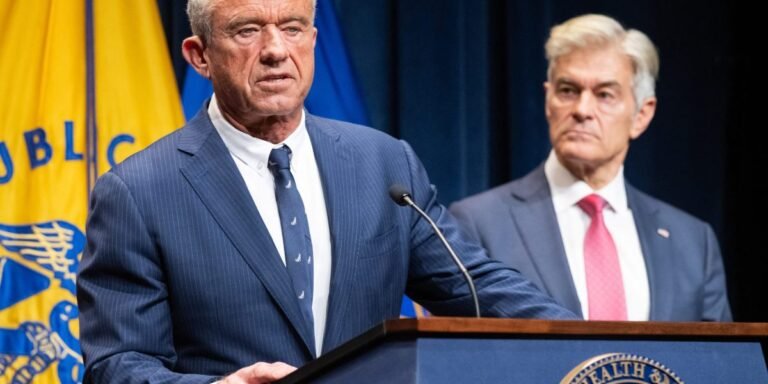Senior European Union (EU) officials arrived in Beijing for a summit marking 50 years of EU-China diplomatic relations on Thursday (July 24). In the lead-up, it was reported to be a two-day affair, but ended up being curtailed to one day at Beijing’s request. It is unclear what prompted the decision.
European Commission President Ursula von der Leyen said in her speech that EU-China trade ties were at a “clear inflection point,” citing their trade imbalance of $358 billion, which is in China’s favour. She also raised the issue of recent restrictions on rare earth minerals’ exports, in which China is a global leader.
In last week’s tracker, we mentioned the meeting between External Affairs Minister S Jaishankar and Chinese President Xi Jinping, during the minister’s first visit to China in five years. The minister noted the ongoing efforts to normalise bilateral relations after the 2020 standoff along the Line of Actual Control (LAC). This week, India said it will resume issuing tourist visas to Chinese nationals after a five-year pause, beginning Thursday.
Finally, China announced that construction had begun at a mega hydropower project on the Yarlung Tsangpo river, which also flows through India as the Siang and the Brahmaputra. Upon completion, this would be the largest project of its kind. India has previously raised concerns about it as the lower riparian country (one located downstream).
Here is a closer look at these developments:
1. Lowered expectations, limited results from EU-China summit
EU officials met with China’s President, Xi Jinping, and Premier Li Qiang. The summit saw stark reminders from Europe on some persistent trade issues, such as cheap Chinese goods in EU markets due to the “overcapacity” of China’s industrial sector.
Von der Leyen largely attributed the trade imbalance to “an increasing number of trade distortions and market access barriers.” She added, “Unlike other major markets, Europe keeps its market open to Chinese goods… However, this openness is not matched by China.”
The EU expressed its expectation for access to China’s market in priority areas such as meat, cosmetics and pharmaceuticals. It highlighted the negative impact of China’s export controls on rare earths, which are crucial to the functioning of several key industries, and on rare earth magnets used in the automobile industry, urging China to lift restrictions.
Story continues below this ad
UPSHOT: A report in the Chinese Communist Party’s mouthpiece Global Times described the ties as “one of the world’s most influential bilateral partnerships – an exemplary model of peaceful coexistence and win-win cooperation across different systems and civilizations.” However, this language is not reflective of the current state of the relationship. Expectations were low going into the meeting because the two sides have not made progress in resolving longstanding issues.
One reason, according to analysts, is that the need for cooperation is no longer being felt as urgently. While the EU may soon sign a deal on tariffs with the United States, Chinese Vice Premier He Lifeng will be in Sweden from July 27 to 30 for economic and trade talks with the US. Thus, the one factor that was seen as driving their closeness is, for now, being managed.
Further, Europe continues to have several grievances with Beijing, including over its support for Russia in the Ukraine war. Von der Leyen said they expected China to use its influence to bring Russia to accept a ceasefire.
Even as China is yet to agree on the question of Russia, senior leaders and officials, including Xi Jinping, are increasingly recognising the need to correct industrial overcapacity for a host of reasons. Not antagonising trade partners is one of them. As Von der Leyen said, “Rebalancing our bilateral relation is no longer optional, it’s essential.”
Story continues below this ad
Another key shared interest between the two is climate change and green energy investments. While the two sides released a joint statement, noting goals like accelerating the global renewable energy deployment, no major commitments were made.
2. India to allow visas to Chinese nationals
Earlier this week, India announced that Chinese nationals can now apply for visas through application centres in Beijing, Shanghai and Guangzhou. The pause came amid the Covid-19 pandemic and was later extended following the LAC stand-off.
As The Indian Express earlier reported, about 2 lakh visas were issued to Chinese nationals in 2019, and about 1.63 lakh in 2018, according to official data.
UPSHOT: It comes alongside other recent measures intended to normalise the bilateral relations, including the resumption of the Kailash Mansarovar yatra. In June, the two countries’ officials also discussed the resumption of direct flights.
Story continues below this ad
While the number of visas issued to China has been low in the past, Chinese nationals’ entry into India also matters from an economic perspective. Last year, The Indian Express reported that at least two Union ministries — Electronics and Information Technology and Commerce and Industry — were pushing for easier visa norms for the entry of Chinese technicians. India’s domestic industry had raised concerns that export orders were not being fulfilled due to delays in granting visas.
One example was how the leather sector, which imported and installed Chinese machinery, was finding it difficult to operationalise plants without the requisite personnel.
On its part, China announced the resumption of all types of visas for Indian travellers in March 2023. However, one industry body chair in India previously said that visas have long been a problematic issue between the countries, and that “the Chinese tend to approve visas applied by Indian importers but delay or block visa requests by government officials and exporters.”
3. Concerns around China’s Medog dam
Work has begun on what Chinese Premier Li Qiang recently called the “project of the century”. Discussed for years in China, the dam in Medog County will have a capacity of generating 60,000 MW. This would be thrice the current largest hydro power project in the world, the Three Gorges Dam, which is also located in China.
Story continues below this ad
In the past, Arunachal Pradesh Chief Minister Pema Khandu has described it as a ticking time bomb for India, saying, “The issue is that China cannot be trusted. No one knows what they might do.” The Indian External Affairs Ministry said it conveyed its concerns to China last year, but on Wednesday, a Chinese official spokesperson said it will not have “any negative impact on the downstream regions”, presumably referring to India and Bangladesh.
UPSHOT: The project is undoubtedly significant, just in terms of its sheer size. For China, it is an opportunity to ensure energy security and push forward with its green energy goals.
However, as experts have previously told The Indian Express, even in the absence of any ill intentions from China, there are good reasons to be concerned. The size of the reservoir and the fact that the Himalayas are young mountains prone to landslides and other geological activities heighten the risks of a major ecological disaster.
What complicates the matter is the limited avenues for bilateral cooperation on such issues. While the sharing of river data was also one of the intended goals under the normalisation process, no major breakthrough on that front has been announced so far. Additionally, India has proposed an 11.2 GW Upper Siang Multipurpose Project in Arunachal Pradesh to guard against future changes in the river’s water flow. However, it has faced some opposition on the ground and has seen slow progress.





